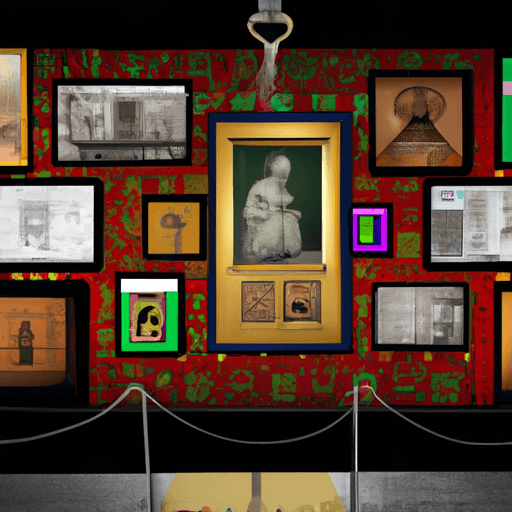Introduction
Censorship in the music and entertainment industry has been a long-standing issue that stirs several debates. Deep-rooted in the nuances of freedom of expression, cultural norms, religious values and political agendas, it significantly impacts artists, their creative process, and the global audience. This article endeavors to unearth the various layers of this diaphanous subject with a focus on its key incidences, ramifications, and implications.
Historical Incidents of Music Censorship
Since time immemorial, censorship has played a dominant role in shaping the music and entertainment industries worldwide. For instance, the Soviet-era censorship in Russia suppressed several innovative musicians, fearing they could provoke anti-USSR sentiments. In the 1950s and 60s, America's Elvis Presley faced heavy restrictions with television broadcasting companies refusing to televise him below the waist due to his provocative dance moves.
Underlying Motivations for Censorship
The motivations for censorship are multifaceted and complex. They range from political agendas and suppression of dissent to maintaining societal norms and preventing provocation. Such measures profoundly impact the creative journey of artists, who often have to suppress their individuality to conform to these standards.
Implications of Censorship
The implications of censorship are not confined to the creators only; they permeate to all layers of society, affecting the audience's consumption and interpretation of art. It limits open discussion, effectively stymieing societal advancement and free thought.
Ethical Debate Surrounding Censorship
The issue of censorship provokes multifarious ethical debates. While artists argue for their right to freedom of expression, regulatory bodies defend censorship as a necessary evil to uphold societal norms, national security, and peace. Some consumers feel infringed by the unfiltered explicit content, while others resist any form of governmental control over art.
Technology and Censorship
In the digital era, technology has reshaped the dynamics of censorship. On one hand, it poses challenges in controlling copyright infringements. On the other, it provides artists with platforms like Spotify, Apple Music, and Netflix that can bypass traditional entertainment mediums, enabling more freedom in content dissemination.
Conclusion
While the censorship in the music and entertainment industry is no new phenomenon, the emergence of new technologies and platforms has certainly added a new dimension to this ongoing debate. Stakeholders need to find a balanced approach that respects artists' creative freedom and upholds societal values simultaneously, making the entertainment industry more holistic and inclusive.


















Comments
Leave a Comment